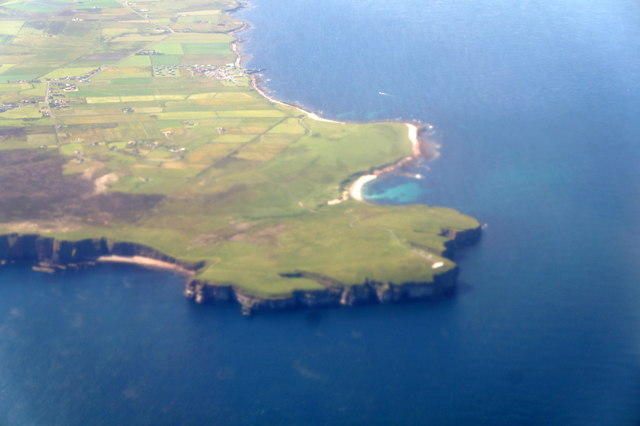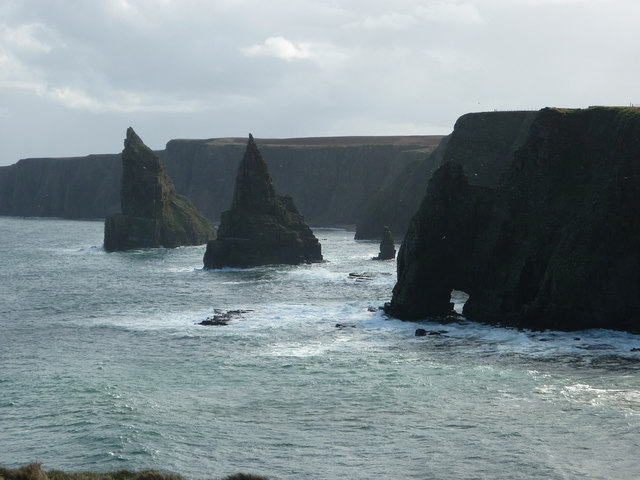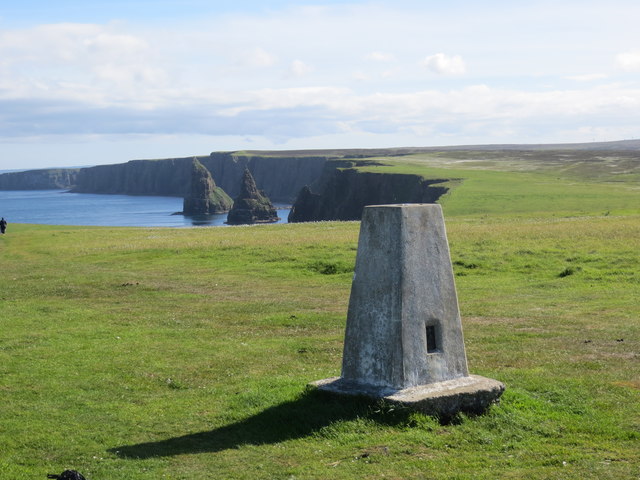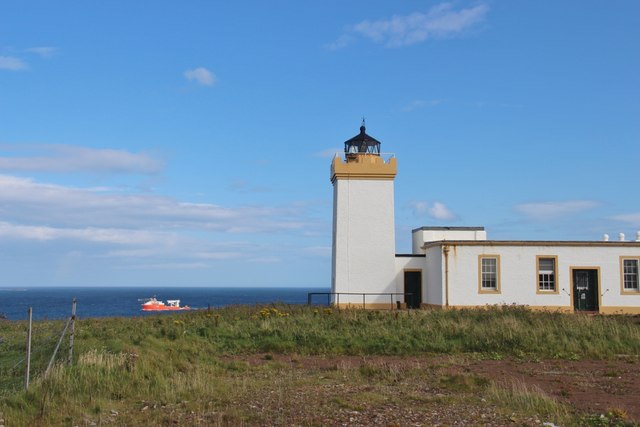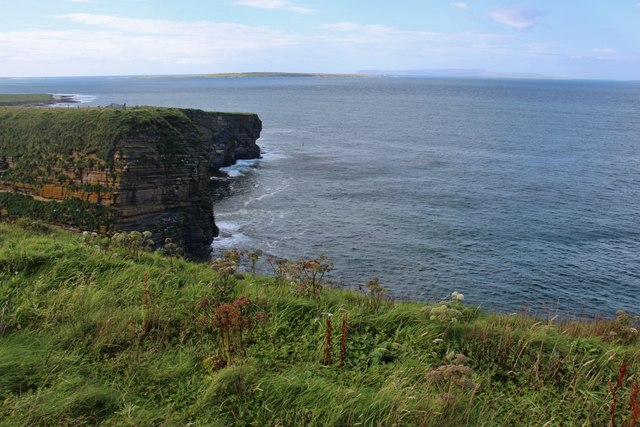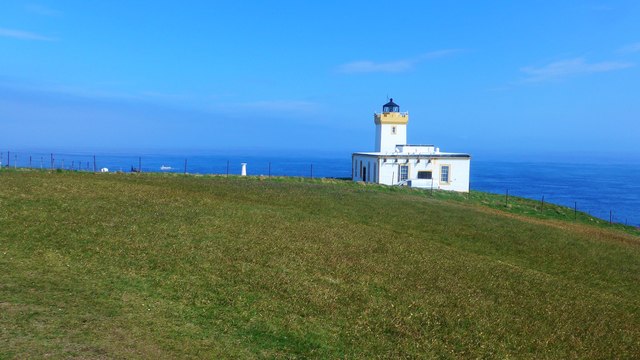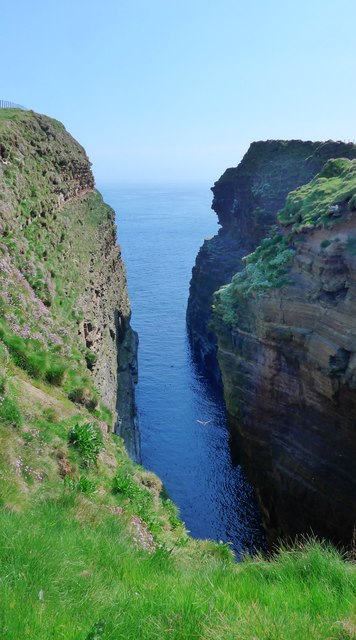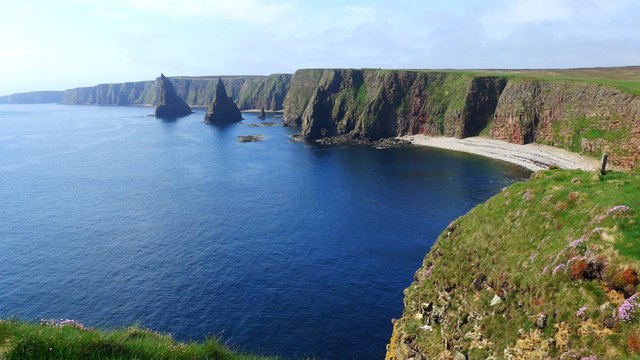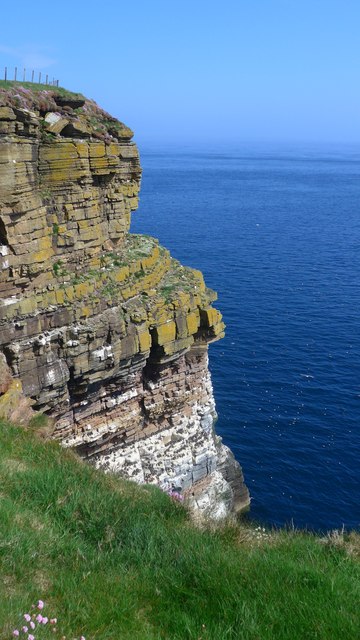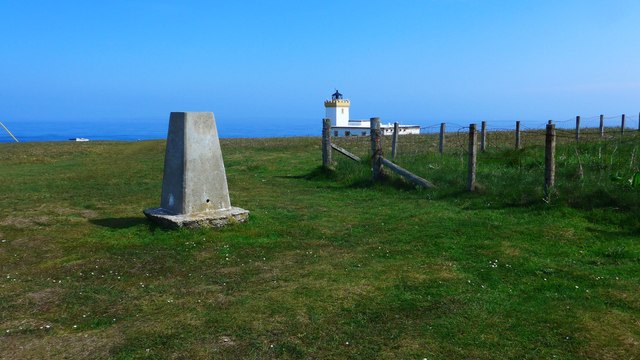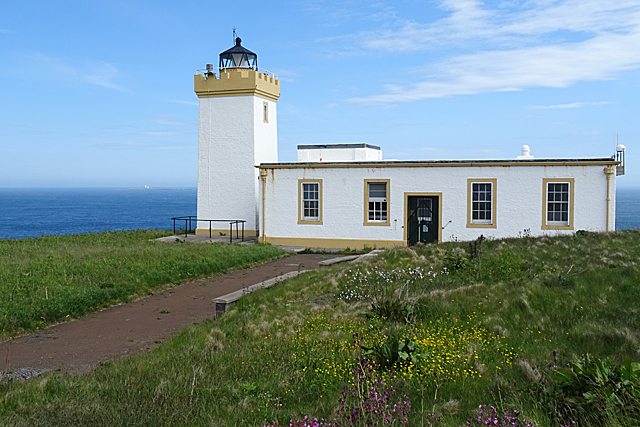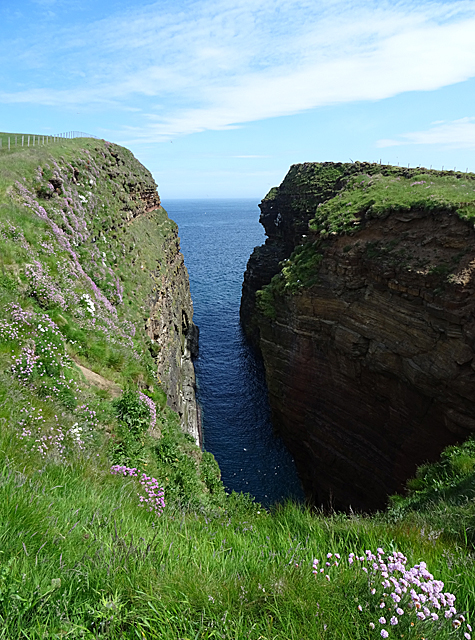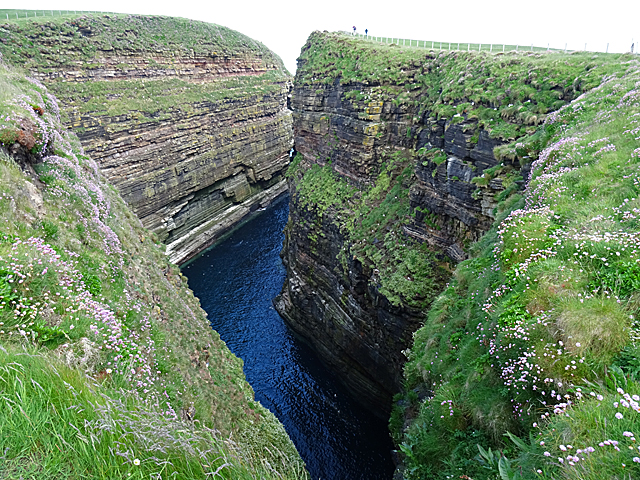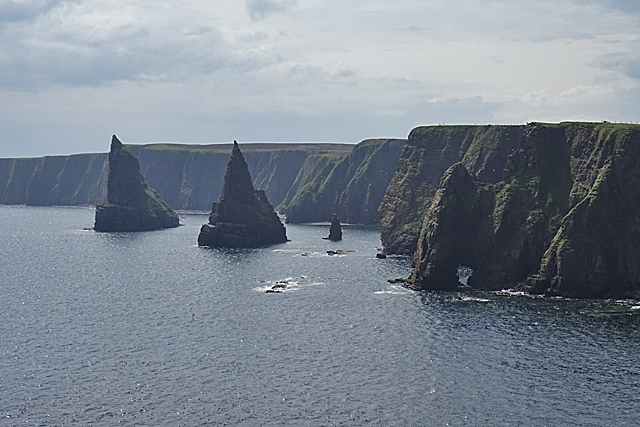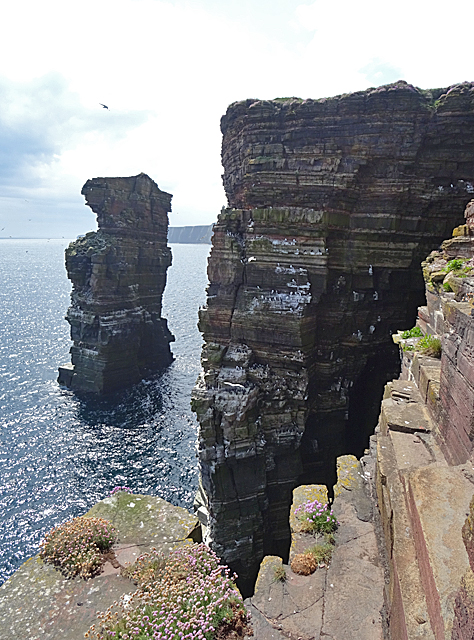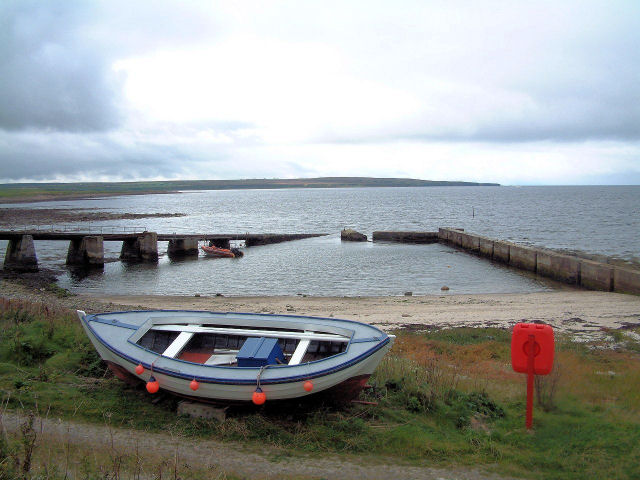Duncansby
Settlement in Caithness
Scotland
Duncansby
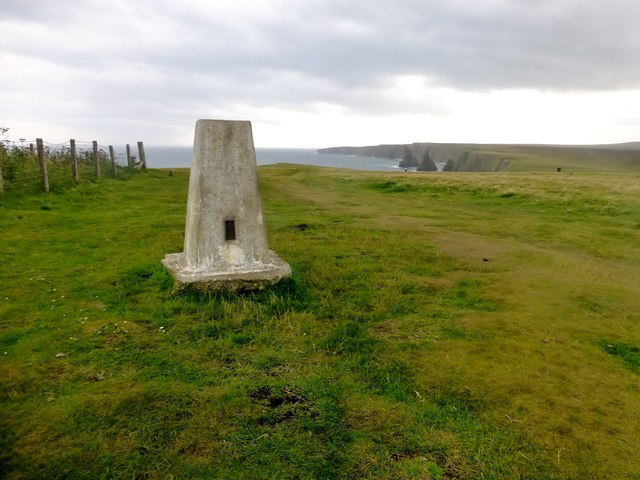
Duncansby is a small coastal village located in the county of Caithness, in the northernmost part of mainland Scotland. Situated near the town of John O'Groats, it lies at the northeastern tip of the country, overlooking the Pentland Firth and the Orkney Islands. This picturesque village is known for its stunning natural beauty and rugged landscapes.
Duncansby is renowned for its majestic sea cliffs that rise dramatically from the North Sea. The most notable of these cliffs are the Duncansby Stacks, a striking rock formation consisting of two towering sea stacks, which are a popular attraction for visitors. The area is abundant in birdlife, with various species of seabirds, including puffins, guillemots, and kittiwakes, nesting along the cliffs.
The village itself is small and quaint, with a handful of houses and a few amenities for visitors, such as a cafe and a visitor center. Duncansby is a haven for outdoor enthusiasts and nature lovers, as it offers numerous walking and hiking trails that allow visitors to explore the surrounding countryside. One popular route is the Duncansby Head Circular Walk, which takes you along the cliffs, providing breathtaking views of the coast and the open sea.
Despite its relatively remote location, Duncansby is easily accessible by road, and it attracts visitors from all over the world who come to experience its unspoiled natural beauty and tranquility. Whether it's admiring the rugged coastline, birdwatching, or simply enjoying the peaceful atmosphere, Duncansby offers a unique and memorable experience for those seeking a true Scottish adventure.
If you have any feedback on the listing, please let us know in the comments section below.
Duncansby Images
Images are sourced within 2km of 58.638022/-3.045461 or Grid Reference ND3972. Thanks to Geograph Open Source API. All images are credited.

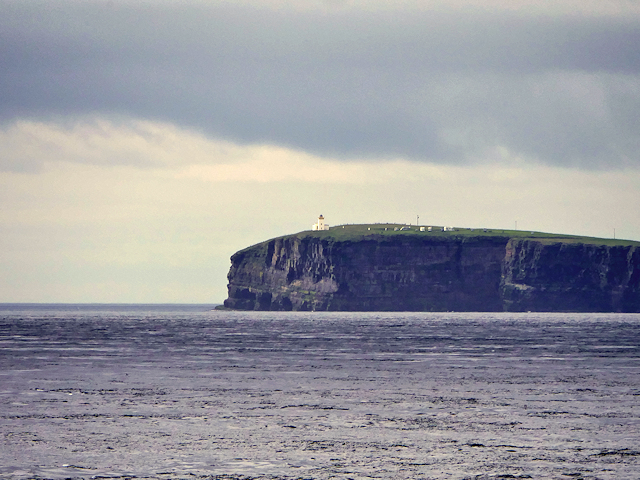
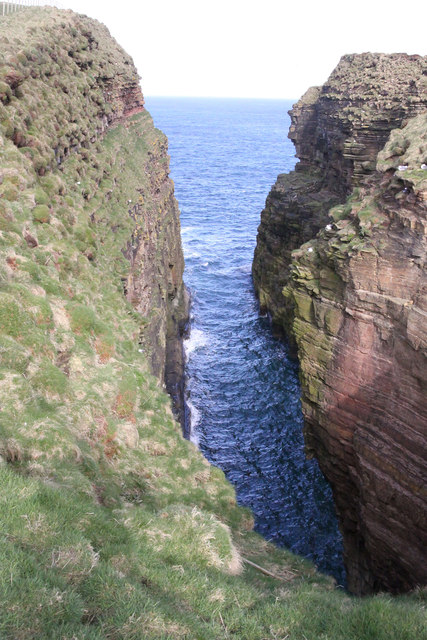
Duncansby is located at Grid Ref: ND3972 (Lat: 58.638022, Lng: -3.045461)
Unitary Authority: Highland
Police Authority: Highlands and Islands
What 3 Words
///erupts.acrobats.tennis. Near John o' Groats, Highland
Nearby Locations
Related Wikis
Duncansby Head
Duncansby Head (Scottish Gaelic: Ceann Dhunngain or Dùn Gasbaith) is the most northeasterly part of both the Scottish and British mainlands, slightly...
John o' Groats
John O' Groats (Scottish Gaelic: Taigh Iain Ghròt) is a village 2.5 mi (4 km) northeast of Canisbay, Caithness, in the far north of Scotland. John O' Groats...
Huna, Caithness
Huna is a small remote crofting township, located 1 mile northeast of Canisbay and 1.5 miles west of John o' Groats in Caithness, in Scotland. It is currently...
Huna House
Huna House is a Victorian building located in the small village of Huna in Canisbay, north of Caithness. Built in 1870 as the Huna Hotel, it is listed...
Nearby Amenities
Located within 500m of 58.638022,-3.045461Have you been to Duncansby?
Leave your review of Duncansby below (or comments, questions and feedback).
